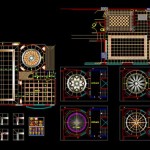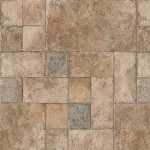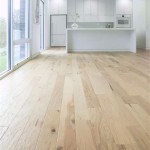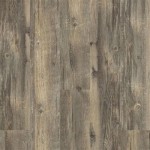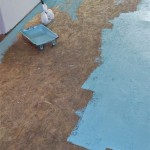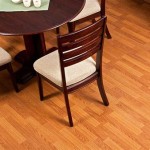Essential Considerations for Selecting Synthetic Wood Flooring Types
Synthetic wood flooring has emerged as a popular choice for homeowners seeking the beauty and durability of real wood without the associated drawbacks. By understanding the various types of synthetic wood flooring available and their unique features, you can make an informed decision that aligns with your specific needs and preferences.
### Types of Synthetic Wood Flooring1. Laminate Flooring:
Laminate flooring consists of multiple layers, including a wear layer, decorative layer, and core layer. It offers affordability, durability, and a wide range of design options. Laminate floors are scratch and wear-resistant, making them suitable for high-traffic areas.
2. Vinyl Flooring:
Vinyl flooring comes in sheet, tile, and plank formats. It is moisture-resistant, easy to clean, and offers a wide variety of textures, patterns, and colors. Vinyl floors are durable and affordable, making them a versatile choice for various rooms.
3. Engineered Wood Flooring:
Engineered wood flooring consists of a veneer of real wood over a core of plywood or high-density fiberboard. It combines the beauty of real wood with the stability and durability of synthetic materials. Engineered wood floors are moisture-resistant and can be installed in basements or over radiant heat.
4. Luxury Vinyl Plank (LVP):
LVP is a high-quality vinyl flooring that mimics the look and feel of real hardwood flooring. It is waterproof, easy to maintain, and offers a wide range of styles and finishes. LVP is a popular choice for kitchens, bathrooms, and other areas prone to moisture.
### Considerations for Selection1. Durability and Scratch Resistance:
Consider the intended use and foot traffic of the area where the flooring will be installed. Laminate and vinyl floors are highly durable and scratch-resistant, making them suitable for high-traffic areas.
2. Moisture Resistance:
If you plan to install flooring in moisture-prone areas such as bathrooms, kitchens, or basements, select waterproof or moisture-resistant flooring like vinyl or engineered wood.
3. Style and Aesthetics:
Synthetic wood flooring offers a wide range of design options to complement any décor. Choose a style and color that matches your preferences and the overall aesthetic of your home.
4. Maintenance and Cleaning:
Consider the maintenance requirements of different flooring types. Vinyl and laminate floors are easy to clean and maintain, while engineered wood may require occasional refinishing or maintenance.
5. Budget:
Synthetic wood flooring varies in cost depending on the type and quality. Set a budget and explore flooring options that align with your financial constraints.
### Conclusion By understanding the different types of synthetic wood flooring and their unique features, you can make an informed decision that meets your specific needs and preferences. Consider durability, moisture resistance, style, maintenance requirements, and budget to select the ideal flooring for your home that will add beauty, value, and longevity to your living spaces.
Laminate Flooring Types And S Forbes Home

40 Diffe Types Of Engineered Wood Flooring Plus Pros Cons And Cost Floors End Grain

The Best Laminate Flooring For Your Home Forbes

What Is Engineered Wood Flooring Made Of And Beyond Blog

The Best Fake Wood Flooring 4 Faux Floor Ideas Inc

40 Diffe Types Of Engineered Wood Flooring Plus Pros Cons And Cost

2024 Laminate Flooring Trends 10 Stylish Ideas

Engineered Flooring Vs Laminate Everything You Need To Know Forbes Home

Diffe Types Of Flooring Twenty Oak

Greenvills White Oak Engineered Wood Flooring
Related Posts


